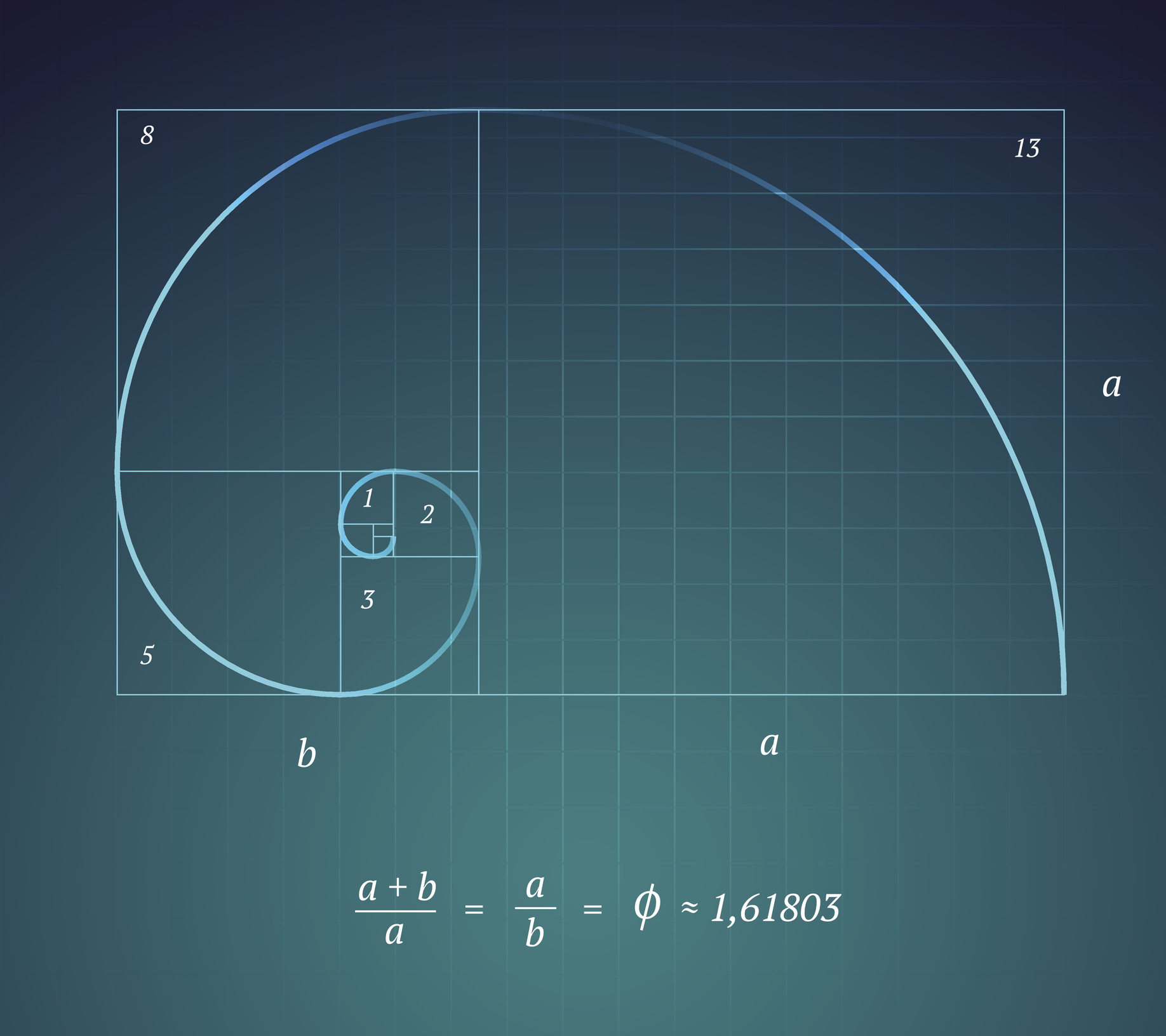Building a Georgian Style House: How to Get it Right
A Georgian style house built well exudes elegance and visual simplicity. Here's how to embrace Georgian architecture when building a home

A Georgian style house emulates a period of classical architecture that defines a style that remains both desirable and a preferred choice for those taking on a self build project.
Georgian architecture is the style that was dominant during the reigns of the four Georges (1714 to 1837). It is a subset of classicism and exists as part of the 3,000-year continuum of classical architecture.
There are many arguments for why Georgian architecture is quite so unanimously prized. Georgian manors, townhouses, rectories and farmhouses have become part of an idealised and romantic picture of the UK. Indeed, part of the enduring appeal of the Georgian style is its enormous evocative power and the sense of history — a narrative stretching from Ancient Greece to contemporary Britain.
In employing this architectural style you can feel safe in the knowledge that the house you’ve built (and invested so much time and money in) will not go out of style or be seen, 20 years later, as the result of an unfortunate fashion or fad.
What are the Key Characteristics of a Georgian Style House?
The Georgian era refers to the period from 1714 – the start of the reign of George I – to 1830, the end of the period of the reign of George IV.
As the style spanned a period of over 100 years, it underwent much change, so the style itself is split into several categories and was also adapted to suit differing economic restraints. Three main subsets attributed to the period are Early Georgian (1714-1750); Late Georgian (1765-1811) and Regency (1811-1820, but often taken to include reigns of George III, and George IV, covering 1811-1837).
Although there are many different sub-categories of Georgian architecture, what unifies them all is generally the use of balanced proportions, symmetry, horizontal emphasis balanced by verticality of fenestration, order and hierarchy. However, for a building to be Georgian it should also exhibit at least some of the following features:
- Sash windows. These were the most common windows type and earlier versions had more panes of glass. Six-over-six was typical of the early Georgian era, but by the end four-over-four or even two-over-two was used as it became possible to make larger panes of glass.
- Symmetry
- An uncluttered, elegant façade
- Panelled, painted front doors
- Classical motifs, columns, and other features of Roman architecture
- Roofs have wide overhangs and shallow pitches on Palladian-style homes (a Georgian style inspired by 16th century Italian architect Andrea Palladio
- With industrialisation and the growing requirement for mass-produced housing, Georgian style was adapted to smaller homes with smaller windows and bricks becoming the norm.
- Regency design (named after George IV, the Prince Regent) led to more cottage and ornate styles in the end of the Georgian era. Examples of this style can be seen in Regency towns such as Cheltenham, Leamington Spa and Brighton where the homes have fancier detailing and taller, narrower windows.
Why is Georgian Style So Popular With Self Builders?
The word we perhaps most commonly use in describing Georgian architecture is ‘elegant’. There is something fundamentally attractive in the simple visual logic of a Georgian building. The crucial Georgian principles of architecture are things we look for in our homes today — large, tall windows letting in lots of light; plenty of kerb appeal; elegance and simplicity of design; and, internally, tall ceiling heights and a sense of openness.
It’s also a popular house style because it’s cheap to build relative to the more ornate styles. Georgian homes tend to be boxy in shape and therefore have minimal edges, nooks, valleys and ridges — all of which add to the cost of construction and time on site.
The joy of building a ‘new Georgian’ home is the ability to make it bespoke to you, while still creating something poised, elegant and truly timeless.
How to Get Georgian Style Houses Right
The Georgian era ran over such a long period that its style evolved — if you’re building Georgian, you need to make it clear which style you’re working towards. The classical end of Georgian, with its columns and parapets, is noticeably removed from the softer later era, with its heavier roof line.
The key to Georgian domestic architecture is proportion. Homes of this time ascribe to what is known as the golden ratio which sets the proportions of the various sections of the build and features like its doors and windows. Even the humble workers’ cottages built in this era follow this design principle.

It is hard to build in the Georgian style without creating a pastiche, so being influenced by the style is usually preferable to copying it. However, several architects specialise in this style and can be relied upon to create a stunning modern example.
Inside, a classical Georgian floorplan has a large central hallway, with evenly sized reception rooms to either side. Upstairs is similarly formal and rooms are placed so that the windows can follow the pattern set by the ground floor. Dormer windows and mansard (dual-pitch) roofs – which permitted large, lighter rooms in the roof – were popular in the earlier Georgian years.
Window choice is critical: they must have thin, refined glazing bars and deeper-than-standard reveals (the way the window is inset against the brickwork — in too many modern houses it is almost flush). Follow the above principles and pick the right product.
The shallower the roof, the more dominant the façade, meaning that Georgians – who really valued kerb appeal – tended to either opt for a very shallow pitch or they would cover part of it with a parapet — either way, reducing its impact.
Successful Georgian interior design is all about proportions too. In general, the ceiling heights on the ground floor should be taller than those on the first floor; those on the first taller than those on the second (which may have been originally servant’s quarters) — this is one of the key characteristics that marks Georgian architecture out from, say, Victorian homes. Concentrate, too, on a grand staircase design, preferably with a long, winding handrail, and classically derived mouldings.
(MORE: Renovating a Victorian House)
Get the Homebuilding & Renovating Newsletter
Bring your dream home to life with expert advice, how to guides and design inspiration. Sign up for our newsletter and get two free tickets to a Homebuilding & Renovating Show near you.

The former Editor of Homebuilding & Renovating magazine, Jason is an experienced self builder and has recently finished renovating his 1960s home. Jason is now Managing Director of Future PLC's Homes' portfolio, which includes UK-leading titles such as Ideal Homes, Livingetc and Homes & Gardens. He is also the author of The Self Build Dream. You can catch Jason in the seminar theatres and Advice Centre at many of the Homebuilding & Renovating Shows across the UK.
